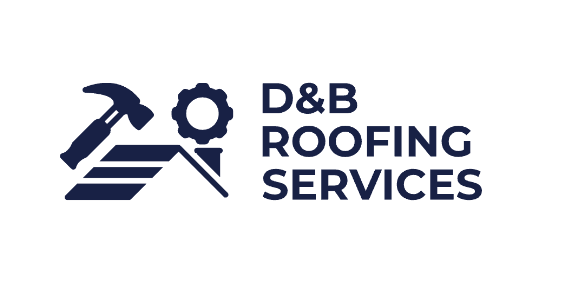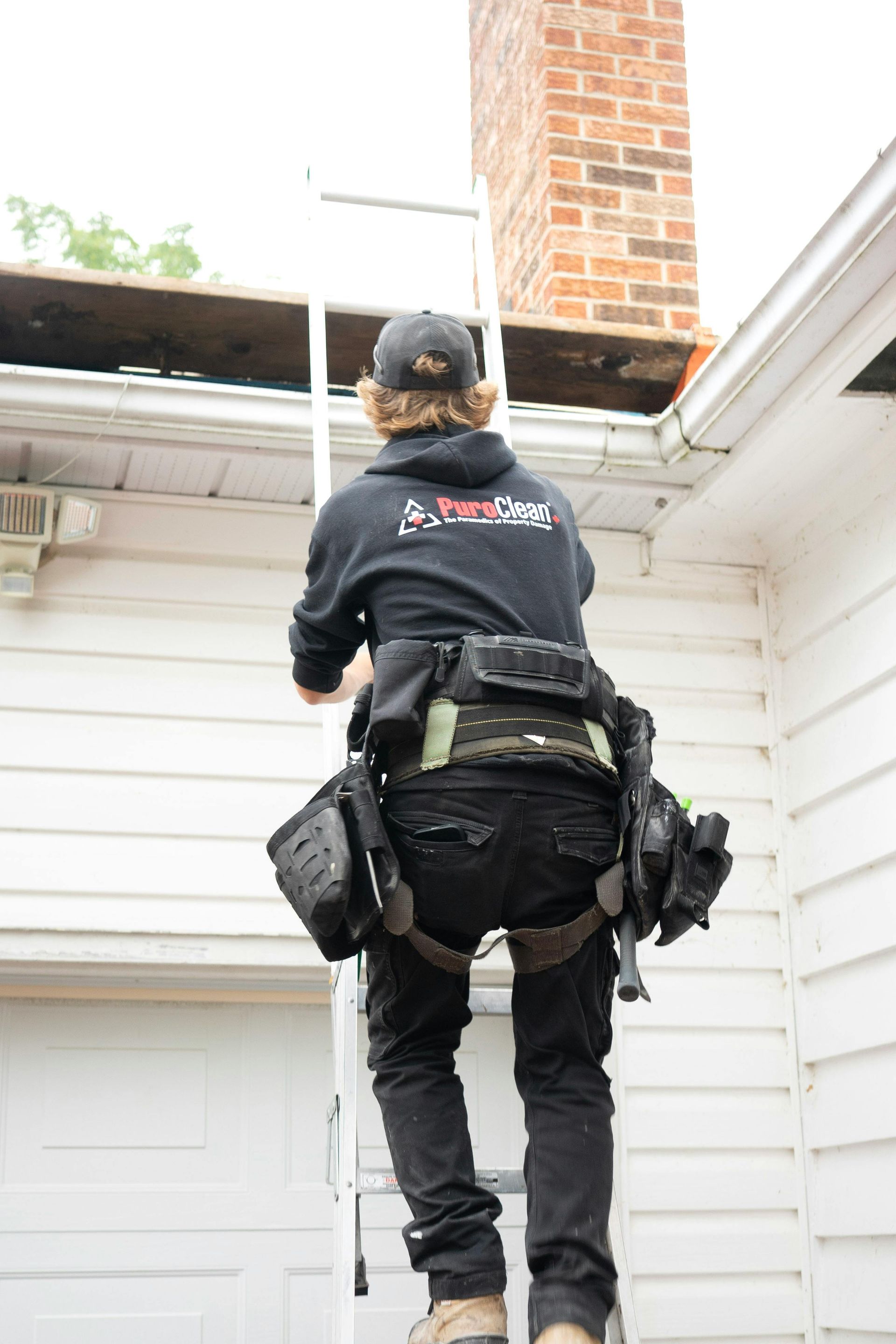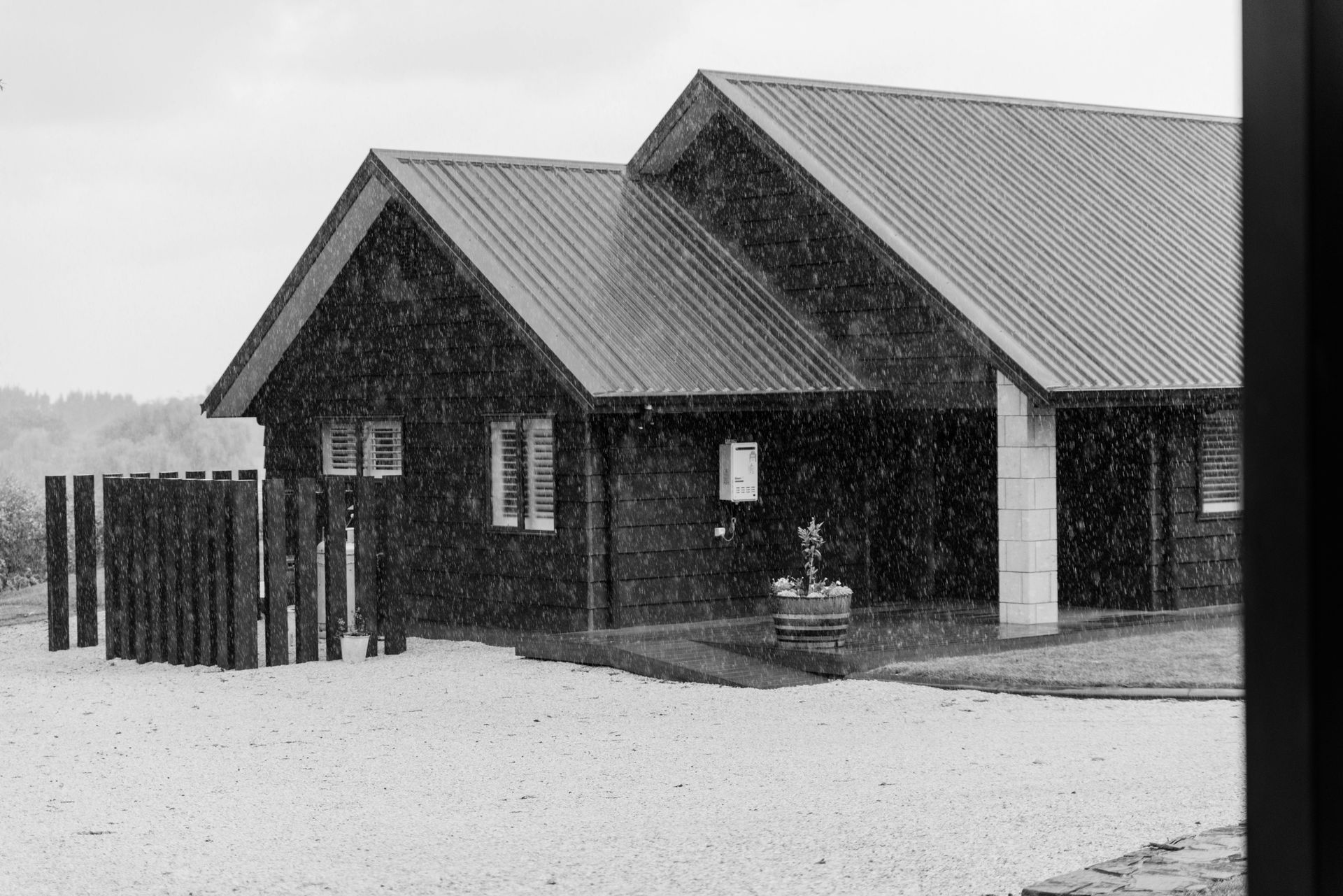Why Your Attic Ventilation Affects Roof Lifespan
Your home's attic ventilation system plays a crucial role in determining how long your roof will last. Many Virginia homeowners overlook this critical connection, focusing only on the visible roofing materials while ignoring the air circulation happening above their heads. However, proper attic air ventilation can mean the difference between a roof that lasts 15 years and one that serves your home for 30 years or more.
Poor attic ventilation creates a cascade of problems that directly impact roof lifespan. Without adequate airflow, your attic becomes a breeding ground for moisture, extreme temperatures, and conditions that accelerate the deterioration of roofing materials. From ice dams in winter to heat damage in summer, inadequate ventilation forces your roof to work harder and wear out faster, resulting in damage that may require repair or the untimely installation of new roofs.
Understanding the relationship between attic ventilation and roof durability empowers you to make informed decisions about your home's protection. Whether you're considering adding roof ventilation or evaluating your current system, this guide will help you maximize your roof's potential lifespan while avoiding costly premature replacements.
Key Takeaways
- Proper attic ventilation can extend roof lifespan by 50% or more by preventing moisture damage, temperature extremes, and ice dam formation
- Poor ventilation accelerates shingle deterioration through heat buildup that can reach 150 °F or higher in summer months
- Ice dams caused by inadequate attic air circulation can severely damage roofing materials and reduce structural integrity
- Balanced intake and exhaust ventilation systems work together to maintain optimal attic conditions year-round
- Adding attic vents is often more cost-effective than premature roof replacement due to ventilation-related damage
- Different roofing materials respond differently to ventilation issues, with some materials being more vulnerable to heat and moisture damage
How Attic Ventilation Works
Attic ventilation operates on natural air circulation, creating a continuous flow that removes hot air, moisture, and pollutants from your attic space. This system relies on hot air rising and cool air sinking to maintain proper airflow throughout the year.
The Science Behind Air Movement
Proper roof ventilation requires both intake and exhaust components working in harmony. Intake vents along the soffit allow cool outside air to enter the attic, which flows upward, picking up heat and moisture. Exhaust vents near the roof ridge allow this heated air to escape naturally. Effective systems need balanced ventilation with approximately one square foot of ventilation for every 150 square feet of attic floor space.
Types of Attic Ventilation Systems
Ridge vents run along the roof peak, providing excellent exhaust ventilation. Gable vents are installed in triangular end sections. Electric attic vents use powered fans for forced air movement. Air-vent attic fans provide mechanical assistance during extreme weather conditions.
Impact on Different Roofing Materials
Different roofing materials respond uniquely to ventilation issues, with some being more vulnerable to heat and moisture damage. Understanding how your specific roofing material interacts with attic conditions helps you appreciate why proper ventilation is essential for maximizing roof lifespan.
| Roofing Material | Average Lifespan | Ventilation Impact |
|---|---|---|
| Asphalt Shingles | 15-30 years | High vulnerability to heat damage |
| Metal Roofing | 40-70 years | Moderate impact, mainly expansion issues |
| Slate | 75-100+ years | Low impact, excellent durability |
| Steel Roofing | 30-50 years | Moderate, rust prevention important |
Asphalt shingles are the most commonly installed roofing material but are among the most vulnerable to ventilation-related problems. The asphalt roof lifespan typically ranges from 15 to 30 years, with proper attic ventilation playing a significant role in determining longevity. Heat damage poses the greatest threat when attic temperatures soar above 120 °F due to poor ventilation, causing shingles to become brittle and crack.
Metal roofing systems offer superior longevity, with metal roof lifetime expectations ranging from 40 to 70 years. The steel roof lifespan can be affected by condensation issues when inadequate ventilation allows moisture accumulation, potentially leading to rust formation. Slate is the premium choice, with the slate roof lifespan often exceeding 100 years, but its supporting structures still benefit from proper ventilation.
Common Ventilation Problems That Reduce Roof Life
Several ventilation issues commonly plague residential roofing systems, each contributing to reduced roof lifespan. Identifying these problems early allows homeowners to take corrective action before significant damage occurs.
Heat Buildup and Thermal Damage
Excessive heat accumulation in poorly ventilated attics creates one of the most destructive forces affecting expectations of how long a roof lasts. During summer months, attic temperatures without proper ventilation can exceed 150 °F, rapidly aging roofing materials. This extreme heat causes asphalt shingles to lose protective granules, underlayment to deteriorate faster, and adhesive strips to fail prematurely. Even metal roofing experiences accelerated expansion and contraction cycles that can loosen fasteners and create stress points.
The relationship between temperature and material degradation follows an exponential curve, meaning that even modest temperature reductions through improved ventilation can significantly extend roof lifespan. Reducing peak attic temperatures from 140 °F to 120 °F might add several years to your roof's service life.
Moisture and Ice Dam Formation
Moisture problems create equally damaging conditions that affect average roof life expectations. Poor ventilation allows humid air to accumulate, leading to condensation on roof decking and structural components. When warm, moist air from your living spaces enters the attic and encounters cooler surfaces, water vapor condenses into liquid water. This moisture can saturate insulation, reducing its effectiveness and creating ideal conditions for mold growth and wood rot. The effects of moisture damage often remain hidden until significant deterioration has occurred.
In the Mid-Atlantic climate, inadequate attic ventilation contributes to ice dam formation during winter months, a phenomenon that can severely impact the average life span of roof systems. Ice dams occur when poor attic air circulation allows heat to accumulate near the roof surface, melting snow unevenly. The melting snow runs down to the colder eaves, where it refreezes and creates an ice barrier. This dam prevents proper drainage, forcing water to back up under shingles and potentially into your home. The repeated freeze-thaw cycles associated with ice dams can damage shingles, gutters, and roof edges. Proper attic ventilation helps maintain consistent roof surface temperatures, reducing the temperature differential that leads to ice dam formation.
Solutions: Adding and Improving Attic Ventilation
Improving your attic ventilation system offers one of the most cost-effective ways to extend roof lifespan and protect your investment. Whether you're adding roof ventilation to an existing system or completely redesigning your approach, several proven strategies can significantly improve attic air circulation.
Assessment and Planning
Before adding attic vents or modifying your existing system, conduct a thorough assessment of your current ventilation setup. Calculate your attic's square footage and determine the required ventilation area based on building codes and manufacturer recommendations.
Examine your existing roof vents for attic ventilation to identify any blockages, damage, or inadequate coverage. Look for signs of poor ventilation, such as ice buildup in winter, excessive heat in summer, or moisture stains on attic surfaces.
Consider your local climate conditions when planning ventilation improvements. Homes in Virginia's humid subtropical climate benefit from balanced ventilation that handles both hot, humid summers and occasional winter weather extremes.
Strategic Vent Placement
When you add roof vent systems, strategic placement ensures optimal airflow patterns throughout your attic space. The most effective approach combines intake vents at the lowest points of your roof with exhaust vents at the highest points.
Ridge vents provide excellent exhaust ventilation along the entire length of your roof peak. When properly installed with adequate intake ventilation, ridge vents create a continuous airflow path that naturally follows your roof's slope.
Soffit vents serve as the primary intake points in most systems. These vents should remain unblocked by insulation or debris to allow free air entry. If soffit installation isn't possible, consider adding intake vents near the roof's lower edges.
Mechanical Ventilation Options
In situations where natural ventilation proves insufficient, mechanical systems can supplement airflow to add ventilation to attic spaces effectively. These systems work particularly well in complex roof designs where natural air circulation faces obstacles.
Electric exhaust fans provide powered air removal during peak heat periods. Modern units often include thermostatic controls that activate fans when attic temperatures exceed preset limits, ensuring efficient operation without wasting energy during cooler periods.
Solar-powered ventilation fans offer an environmentally friendly option that operates most efficiently during the hottest parts of the day when ventilation needs are greatest. These units require no electrical connections and can be easily added to existing roof systems.
Professional Installation Considerations
While some ventilation improvements can be accomplished as DIY projects, certain installations require professional expertise to ensure proper function and maintain roof warranty coverage. Complex installations involving ridge vent systems or multiple penetrations should typically be handled by certified roofing contractors with proven track records.
Professional installers can assess your specific roof design, local building codes, and manufacturer requirements to develop an optimal ventilation strategy. They also possess the tools and experience necessary to create watertight penetrations that won't compromise your roof's integrity or void manufacturer warranties.
Cost-Benefit Analysis of Proper Attic Ventilation
Investing in proper attic ventilation delivers substantial financial returns through extended roof lifespan, reduced energy costs, and prevented damage. Understanding these benefits helps homeowners make informed decisions about ventilation improvements.
The cost of improving attic ventilation varies significantly based on your current system and roof complexity. Basic improvements, such as adding a few roof vents, might cost several hundred dollars, while comprehensive ventilation system upgrades could require investments of several thousand dollars. However, these costs pale in comparison to premature roof replacement expenses.
Ridge vent installation typically represents the most cost-effective approach for comprehensive exhaust ventilation, offering excellent performance per dollar invested. Electric or solar-powered ventilation fans represent higher upfront costs but offer precise control and guaranteed airflow regardless of weather conditions.
Energy cost reductions are another significant benefit of proper attic ventilation. Well-ventilated attics reduce cooling loads during summer months, potentially cutting air conditioning costs in hot climates. The most significant financial benefit comes from avoiding damage that poor ventilation causes, including moisture damage to roof decking, insulation, and structural components that can require expensive repairs far exceeding the cost of preventive ventilation improvements.
Frequently Asked Questions
How much can proper attic ventilation extend my roof's lifespan?
Proper attic ventilation can significantly extend roof lifespan by preventing heat damage, moisture issues, and ice dam formation. Well-ventilated roofs typically last much longer than those with poor ventilation, helping you get the maximum value from your roofing investment.
What are the signs that my attic ventilation is inadequate?
Common signs include excessive attic heat in summer, ice dams in winter, moisture stains on attic surfaces, and higher than normal energy bills. You may also notice premature aging of roofing materials or musty odors indicating moisture problems.
Can I add ventilation to my existing roof without major renovations?
Yes, many ventilation improvements can be added to existing roofs with minimal disruption. Ridge vents, additional roof vents, and soffit vents can often be installed without extensive renovations or structural modifications.
Is it better to have more intake vents or exhaust vents?
Balanced ventilation with equal intake and exhaust capacity provides optimal performance for most homes. However, having slightly more intake than exhaust capacity helps ensure positive attic pressurization that prevents moisture infiltration from living spaces.
Do metal roofs need the same ventilation as asphalt shingles?
Metal roofs benefit from proper ventilation but are less vulnerable to heat damage than asphalt shingles. However, ventilation still helps prevent condensation issues and thermal expansion problems that can affect metal roof performance and longevity.
Final Thoughts
The connection between attic ventilation and roof lifespan represents one of the most important yet overlooked aspects of home maintenance. Proper attic air circulation protects your roofing investment while providing ongoing benefits like reducing energy costs and preventing roof damage.
Take action to assess and improve your attic ventilation before problems develop. Your roof will reward proper care and quality workmanship with decades of reliable service, protecting your home and family while maximizing your investment in this critical building system.
Need better attic ventilation to extend your roof lifespan? Contact our certified experts for a free assessment today.
Reference:
https://www.energystar.gov/saveathome/seal_insulate/do-it-yourself-guide/about-attic-ventilation


